The fitness methods for different body parts mainly include chest, back, leg, abdominal, and arm training, which can strengthen local muscle groups through targeted movements.
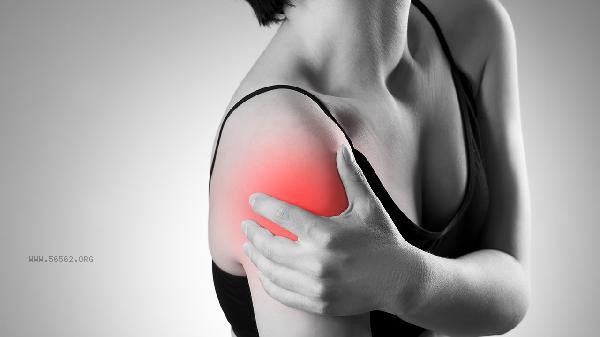
1. Chest Training
Push ups are the most basic way of chest exercise, which can activate the pectoralis major and deltoid anterior bundles. Flat barbell bench press is suitable for increasing chest muscle thickness, and attention should be paid to tightening the scapula to avoid shoulder compensation. Dumbbell flying bird can stretch the middle seam of the chest muscle. It is recommended to choose a weight control method to complete 12-15 times per group. The double bar arm flexion and extension focus on the development of the lower chest, and the greater the forward leaning angle of the body, the more obvious the stimulation on the lower chest. The chest clamping device is suitable for beginners to establish a sense of muscle strength, and it is important to maintain a slight flexion of the elbow.
2. Back training
Pulling upwards is the golden movement for developing the latissimus dorsi muscle, and holding a wide distance in front mainly stimulates the upper back. Barbell rowing targets the middle and lower trapezius and rhombus muscles, maintaining a neutral position of the spine to avoid lumbar compensation. High position pull down can replace pull up, imagining the elbow moving towards the hip joint when pulling down. Single arm dumbbell rowing can improve the imbalance of left and right muscle strength, and maintain scapular contraction for 1-2 seconds at the peak of the movement. Sitting rowing equipment is suitable for rehabilitation training, and attention should be paid to avoiding circular shoulder posture to complete movements.
3. Leg Training
Deep squat is the core of lower limb comprehensive training, and the full squat amplitude has a more significant stimulation effect on the gluteus maximus muscle. Arrow step squatting can improve the difference in strength between the left and right legs, while backward arrow step has less pressure on the knee joint. Leg lifting equipment can safely load heavy loads, be careful to avoid the lumbar spine detaching from the cushion. Straight leg hard pull focuses on the development of the hamstring muscles and requires maintaining spinal extension to avoid hunchback. It is recommended to use step edge training to fully stretch the soleus and gastrocnemius muscles when lifting the calf heel.
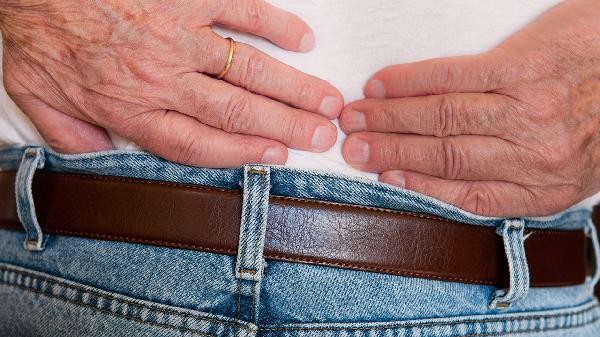
4. Abdominal training
Rolling the abdomen mainly exercises the upper part of the rectus abdominis muscle, and slightly retracts the chin to reduce neck force. Reverse abdominal roll targets the lower abdomen, and pelvic tilt can enhance muscle recruitment. The flat support strengthens the core stability, and the time should be gradually extended to more than 90 seconds. Russian rotation exercises the oblique muscle of the abdomen, and holding a medicine ball can increase resistance. Suspended leg lifting requires high core strength and can be completed by bending the knee in the initial stage.
5. Arm Training
Narrow distance push ups focus on the long head of the triceps and lowering the body in a straight line until the chest touches the ground. The flexion and extension of the dumbbell neck arm should be controlled by eccentric contraction to avoid excessive abduction of the elbow joint. It is recommended to use alternating training for the two head bending lift, with the palm facing the shoulder during peak contraction. Hammer style bending can synchronously exercise the humerus muscle, keeping the upper arm close to the trunk and reducing the amount of force exerted. The downward pressure of the rope is suitable for depicting the lines of the triceps, with the arm fully extended at the end of the movement.
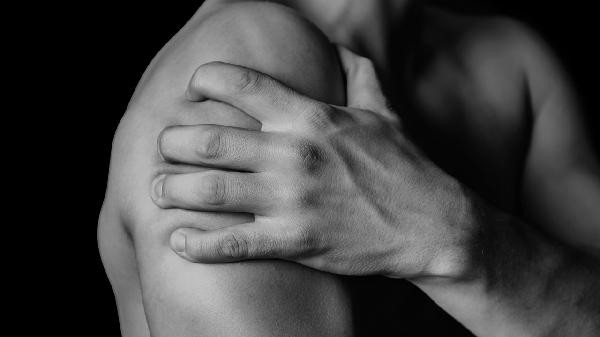
It is recommended to use differentiated training mode when developing training plans, with each part trained 2-3 times a week and inter group rest controlled at 30-90 seconds. Initially, choose a weight of 12-15 times per group to establish neuromuscular connections, gradually increasing to 8-12 times per group to promote muscle hypertrophy. Before and after training, dynamic stretching should be performed for 5-10 minutes, supplemented with sufficient high-quality protein and compound carbohydrates to help with muscle repair. Individuals with joint injuries or chronic diseases should adjust their movement patterns under the guidance of professional coaches to avoid compensatory injuries.



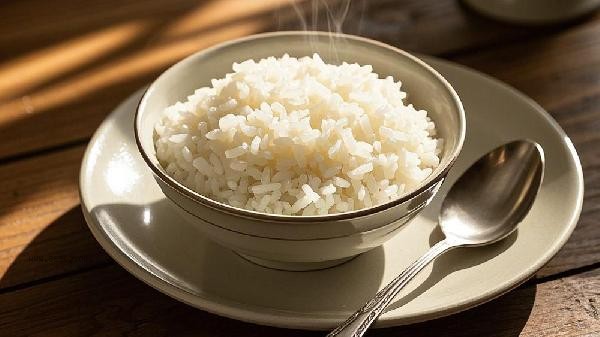

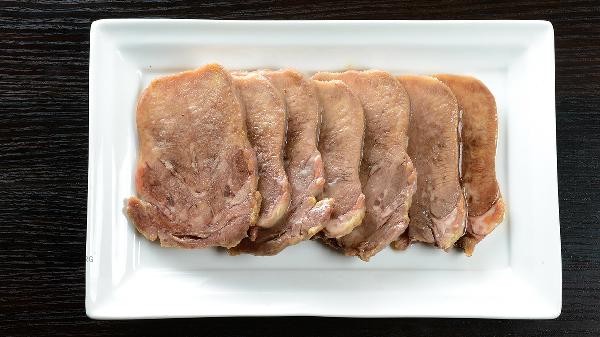


Comments (0)
Leave a Comment
No comments yet
Be the first to share your thoughts!